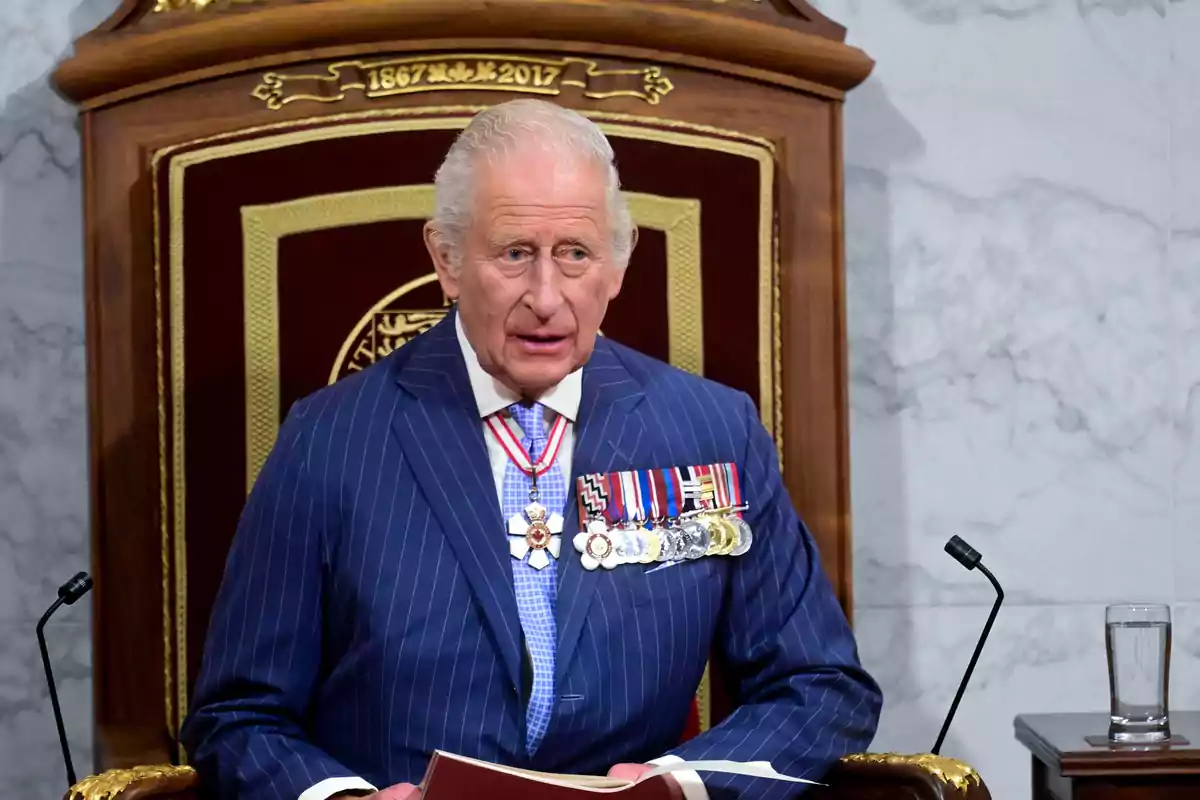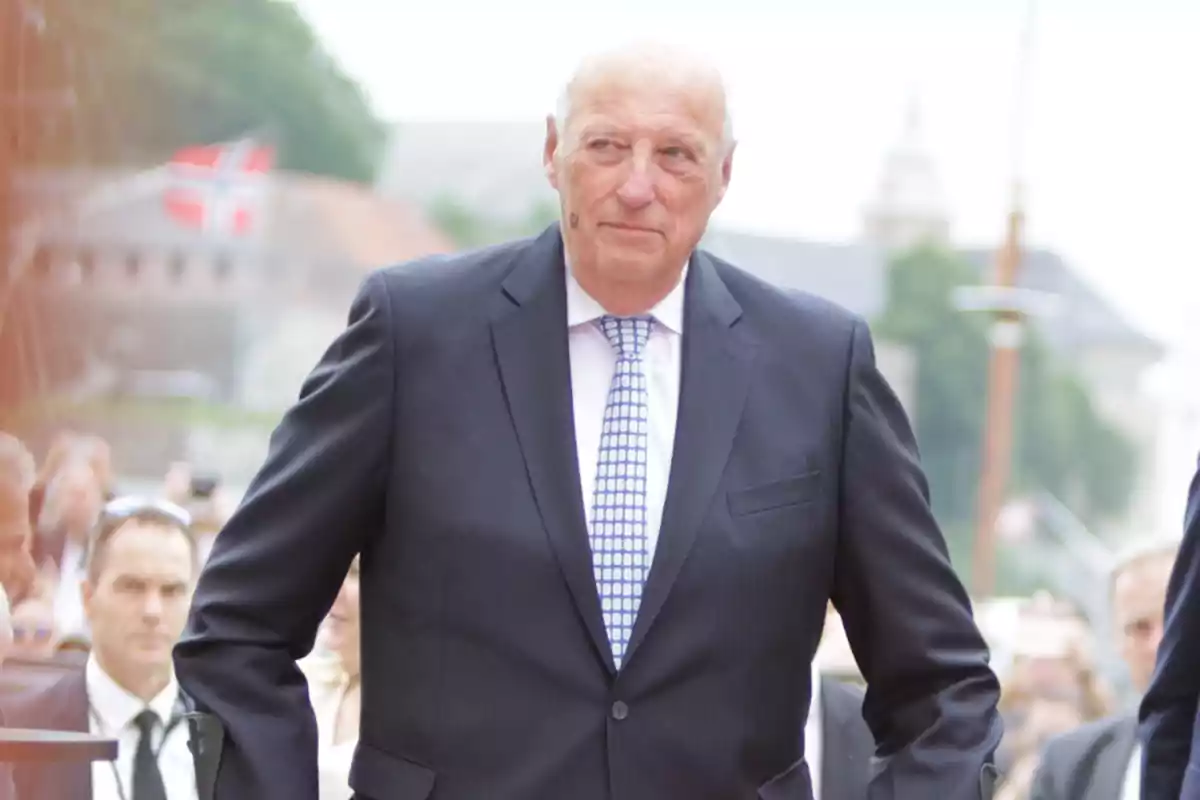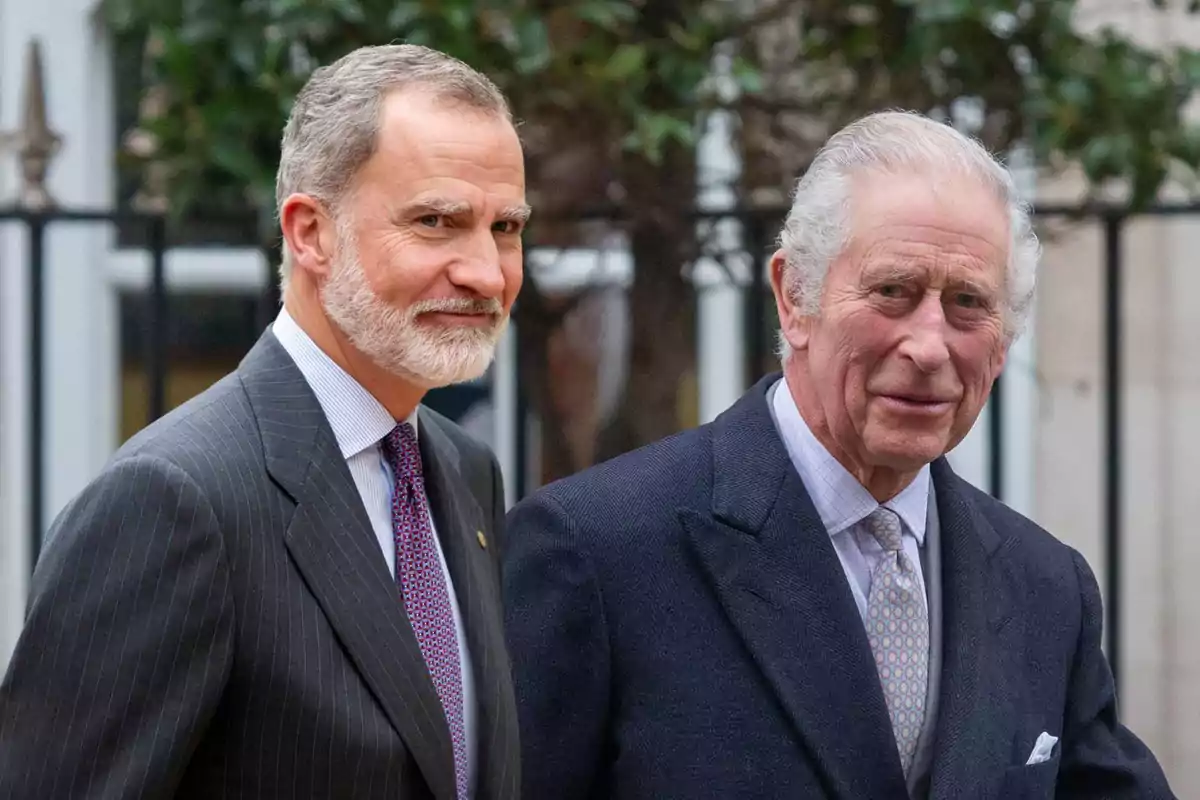In the seemingly calm universe of European royal houses, where diplomacy usually unfolds under strict protocols and measured silences, a simple digital gesture has sparked surprise and speculation. The Spanish Royal House's move on social media has drawn attention, not only among its employees but also in the increasingly alert circles of digital monarchical monitoring.
Everything began with an event that, under other circumstances, would have gone unnoticed. The Instagram profile of Buckingham Palace was, for a time, following an unverified account that was pretending to be the Spanish Royal House.

The confusion was kept until Zarzuela, in June 2024, officially launched its institutional account on the platform. It was then that the British monarchy corrected the mistake and started following the authentic profile, creating internal commotion that forced a review and adjustment of the digital following protocol. According to Monarquía Confidencial, this episode set off alarms among the employees of the British Crown, who are aware of the growing importance of digital diplomacy in the 21st century.
The Spanish Royal House makes British Crown employees correct their actions
However, the British move wasn't the only one that has drawn attention. Meanwhile, the stance of the Norwegian Royal House, which keeps a discreet digital distance from the Spanish monarchy, has also been notable.
Unlike other royal houses that have started to show an institutional approach on social media, the Norwegian profile on Instagram still doesn't follow the Spanish account. It was recently opened by Zarzuela.

This detail, which might seem trivial, hasn't gone unnoticed among observers of the digital monarchical ecosystem, where the act of following another institution is usually interpreted as a gesture of courtesy and protocol recognition.
Not all royal house accounts follow each other
In contrast, the royal houses of Belgium and Denmark have chosen a different strategy: none of them follow another profile. Some analysts interpret this as a form of institutional neutrality or even a deliberate stance of not actively participating in the network of followers.
These types of interactions on social media, although superficial in appearance, show how European monarchies are adapting their communication strategies to the digital environment. A simple "follow" or "not follow" can send a subtle but significant diplomatic message, and in this area, symbolic gestures take on unexpected weight.

